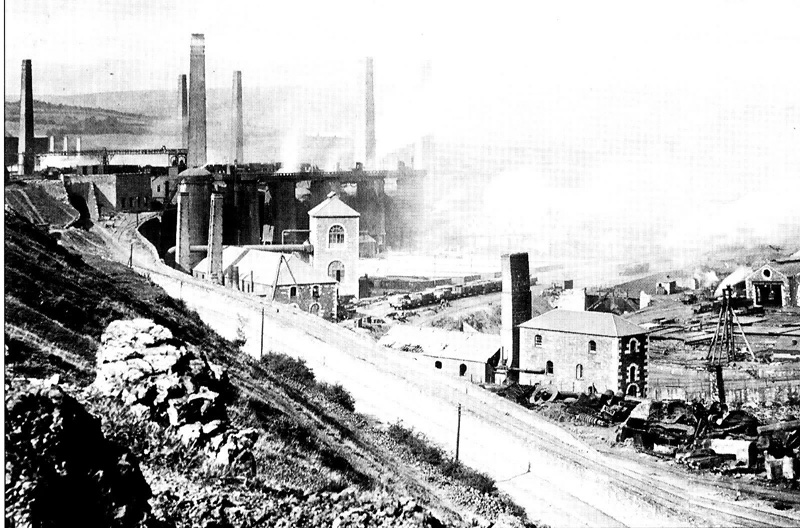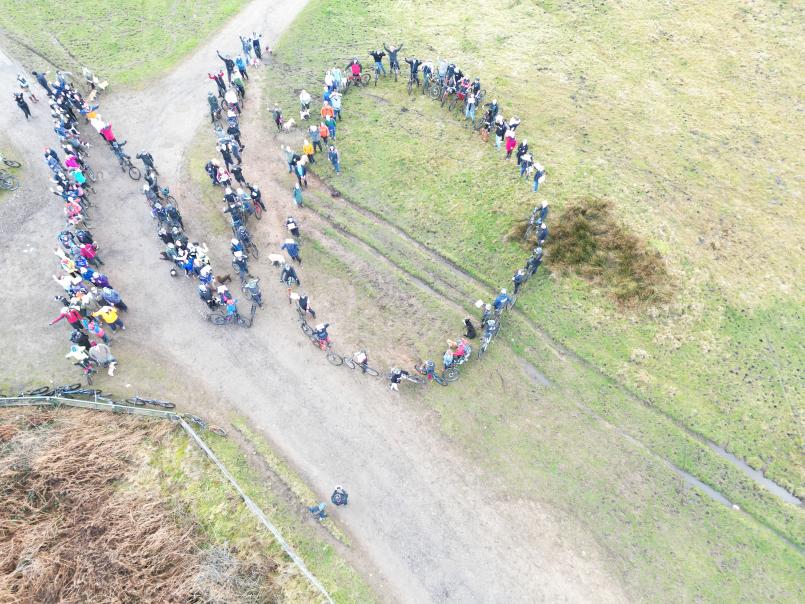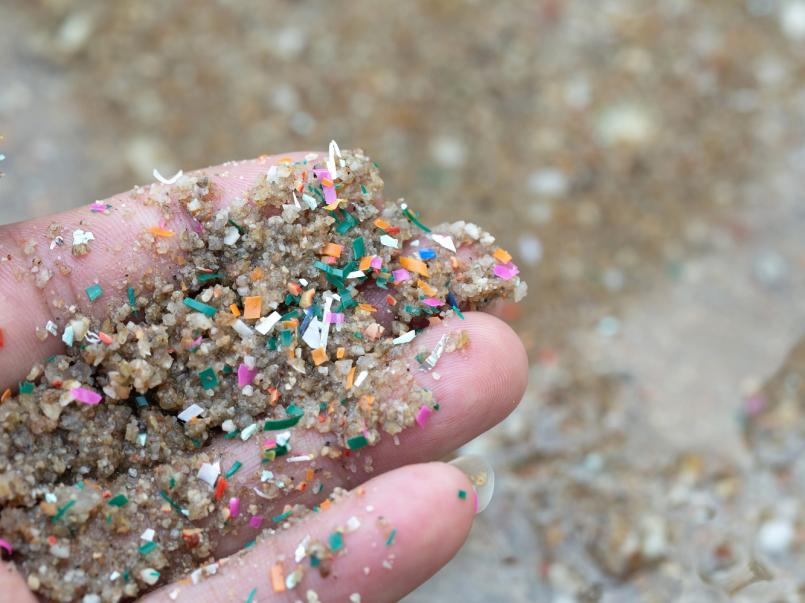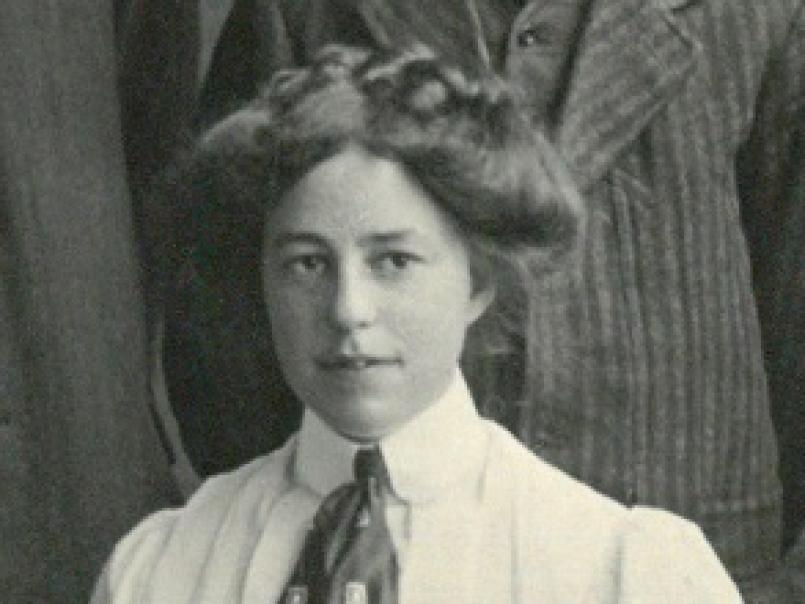Righting the wrong: readdressing Wales’ historical legacy
Published: 17 May 2024

I live near to Ty Llwyd, an old quarry in Caerphilly. In the mid-20th century, the American company Monsanto and their associates were allowed to dump PCBs (polychlorinated biphenyls) here. These chemicals, which we know to cause cancer, are leaching out of the site, trickling down the hillside, poisoning local rivers and streams as they wend their way through a forest – a place where children play, and people walk their dogs. I regret walking there now with my toddler.
Sadly, Wales is littered with toxic sites that are leaching chemicals into our land and soil – and not only from old quarry sites like Ty Llwyd but also from historic landfill sites, disused mines, and old industrial workings.
It’s so unfair that local people, who rarely get a fair share of the wealth generated from all the mining, ironworking, and other extractive industries of the past, end up paying the price?
How did we get here in the first place?
The past
Until the Industrial Revolution, Wales was predominantly a rural country, and many people made their living on farms. Everything began to change in the late eighteenth century, when Wales, blessed with lots of natural resources, gave birth to a wide range of industries including metal works, potteries and coal, lead, slate and copper mining.

During the nineteenth century factories began to replace domestic production and Wales became an industrial powerhouse. Due to the ironworks of Merthyr Tydfil, by 1830 Wales was producing half the iron exported by Britain. Canals and railways were built to make it easier for coal and iron to reach markets, enabling Wales to become a major global exporter of coal as well as iron. Population boomed and towns expanded, spawning further industries such as gasworks.
In the twentieth century, industry in Wales diversified further to include manufacturing, chemical works, steel works and refineries amongst others. All these industries were highly polluting, and until the early and middle twentieth century it was a common practice to dispose of toxic waste by tipping it on to land.
The present
Fast forward to the present day and Wales is a very different place. Most of the heavy industries are now gone, and Wales’s last opencast coal mine, Ffos y Fran in Merthyr Tydfil, closed in September 2023.
While the owner and council wrangle over restoration plans, the site is filling with contaminated water. The situation is symbolic of what has been happening across the nation for years.
Only last month (April 2024) we learned from a recent report that ‘260 coastal landfill sites are currently at risk of leaking into the marine environment, as a result of coastal erosion, flooding and climate change.’
A recent BBC article draws our attention to the risks to human health of abandoned metal mines in West Wales, over a hundred years after pioneering scientist, Kathleen Carpenter, warned about the effects of silver and lead mining on life in Welsh rivers.
It’s clear that communities have been left with a legacy not only of toxic waste dumps, but also leaky landfill sites and poorly restored old industrial sites, all of which are a public health hazard and dangerous for wildlife too.
What now?
Fortunately, local people know about the dangers of Ty Llwyd in Caerphilly and can avoid the site, thanks to the efforts of residents and councillors who have kept the story in the public eye.
How many contaminated sites don’t we know about? Even in Caerphilly, there are at least three other PCB sites.
Getting this information to people as soon as possible must be a priority to keep them and local wildlife safe. Senedd member, Peredur Owen Griffiths, has called for a register as he argued people have a right to know the location of historic toxic sites.
Once we know where all the sites are, there is a huge job to ensure people are safe and warnings are in place, and that sites are properly remediated. Remediation is an enormous undertaking, beyond the means of cash-strapped councils. In the case of Ty Llwyd, for instance, the Leader of Caerphilly Council has written to the First Minister asking for help.
Several US states, cities, workers, and residents have succeeded in getting compensation from Monsanto. Total awards now exceed $2 billion and rising. Ty Llwyd Toxic Tip Action Group, for example, is raising money for legal advice to explore whether Monsanto (now owned by Bayer) can be taken to court for not just Ty Llwyd but all their other 12 or more toxic sites in England and Wales.
In an ideal world, the polluter pays, but, as the fight over the Ffos y Fran restoration demonstrates, it is a struggle to get operators to restore current sites, let alone sites from 50 or 60 years ago or even older!
Public enquiry?
Wales has been lacking proper environmental governance since Brexit, and the outpouring of horrific media stories on sewage being dumped in rivers and seas reveals that pollution is still a huge (and seemingly growing) problem today. It was good to see the consultation on the White Paper, "Securing a Sustainable Future: Environmental Principles, Governance and Biodiversity targets for a Greener Wales" and hopefully a bill can be introduced to the Senedd as soon as possible.
This new environmental watchdog cannot come soon enough for environmentalists, conservationists, and campaigners, shocked and saddened by the impact of horrendous levels of pollution on wildlife in a nature crisis. This is a great opportunity to progress a rights-based approach to environmental law (see Friends of the Earth’s consultation response here).
Greater accountability and protection for people and wildlife is vital, but we must not forget about the past and readdress Wales’s historical legacy. It’s time for the Welsh Government to champion the cause to get justice for local communities and ensure they are safe, and that the local wildlife in these contaminated legacy sites can thrive once again. A first step would be an independent public enquiry.
It is not just a matter of public health or protecting our precious wildlife. It is about justice and what kind country we want to be.
We must right the wrongs of Wales’s historical legacy. Let’s all work together to do that.
How can you help?
If you live near a toxic waste dump or a leaking landfill site or any land you have reason to believe is contaminated and is worrying you, we’d like to hear from you.
Please email [email protected]







